
News . Feature Stories . Forging the life she loves
News
August 08, 2018
Forging the life she loves
Pamela Argentieri ’87 designs, sells jewelry and metals
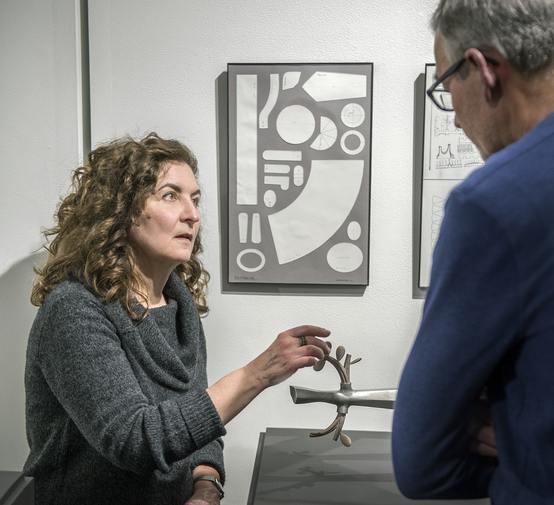
Argentieri curated "Materialized: Seven Artists Working in Metal" in 2018 at Heights Arts. (See slideshow of Argentieri's work below.)
By Evelyn Theiss
As CIA student in the 1980s, Pamela Argentieri remembers that graphic design was a common default for students who thought they needed a “real job” so they could practice their art of choice on the side.
But Argentieri graduated with a BFA in jewelry and metals, and has earned her living doing the thing she most loves.
She is the owner of Argentieri Design in Cleveland Heights, and shows and sells her work locally, nationally and in Great Britain. Her work also has been acquired for the permanent collection of the Renwick Gallery of the Smithsonian American Art Museum.
Her childhood in Shaker Heights steeped her in the principles of good design and aesthetic flair. Her father was an architect, and her mother was the kind of homemaker for whom table settings were a chance to create cunning vignettes, and who enjoyed sewing ’70s-era matching outfits for Pam and her sister, Catherine.
Her father shared with her his drafting skills – and a family name that means “silversmith” in Italian. She also grew up with a reverence for local history, since the family’s home once belonged to renowned rabbi Abba Hillel Silver, a key figure in the founding of the State of Israel.
All these elements created the perfect incubator for a full-time artist and designer, who makes cloisonné enamel jewelry as well as vases, teapots and urns, among other functional objects in striking forms. She and her husband, CIA Jewelry + Metals professor Matthew Hollern, also collaborate at times. They made a special edition of mezuzahs for Park Synagogue, as well as the Global Champion of Freedom Award presented to Pope John Paul II, which is now in the Vatican archives.
“In school, I made more artsy objects,” says Argentieri. “I loved, and love, the preciousness of jewelry. But since then, I focus not just on the beauty but the functionality of objects. So when I make a teapot, it is very important that it pour properly.
“That’s the challenge: to make something you like, that others like and that is functional,” she says. “That’s the trifecta.”
Argentieri’s process starts with drawing. She rises before dawn and sketches for hours while drinking the strong coffee she craves. “That’s really my time,” she says.
She’ll also immerse herself in the places where she finds inspiration – books on architecture, furnishings and textiles.
After she is pleased with a drawing for a particular design, she turns to CAD modeling and 3D printing, and then to the other tools in the studio she shares with Hollern: a casting furnace, mold-making equipment, stakes and hammers for forming and raising metal, a kiln for firing enamel, even a turn-of-the-century lathe.
Argentieri firmly believes in the importance of training artists to work first with the actual medium. “That hybrid – of working by hand, knowing from experience what it can do, and then with CAD — makes you stronger as an artist,” she says. “That’s what’s great about [being a student at CIA]; you get both.”
For her jewelry, she often creates tiny enamel designs that are featured in articulated necklaces or hinged bracelets. (Her love for enamel came from her studies with the artist William Harper, who flew in weekly from Tallahassee, Florida to teach at CIA when she was a student. “He was the most important influence on me,” she says. “He was, and is, so supportive and so generous with his time.”)
Over the summer, she and Hollern taught a two-week CIA Pre-College class on 3D printing and wearable art. “I love teaching continuing education,” she says. “If I teach students how to do something, I have to know how to do it too, so it’s a wonderful thing.”
She’s also an example for contemporary students, who can look at her and know that it is possible to make a living with your art. “Now, as an artist, you can connect with people in such a different way—with people around the world,” she says. “That means you can create the business that is your strength.”
Latest Headlines view all
-
April 24, 2024
Cleveland Institute of Art welcomes alum Omari Souza as 2024 Commencement speaker -
April 02, 2024
Cleveland Institute of Art students partner with Progressive Art Collection to exhibit Ready, Set, Relay! -
March 04, 2024
Cleveland Institute of Art announces Curlee Raven Holton Inclusion Scholar Program
Questions?
For more information about this or other CIA news, contact us here.
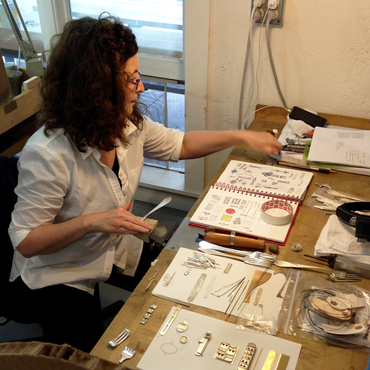
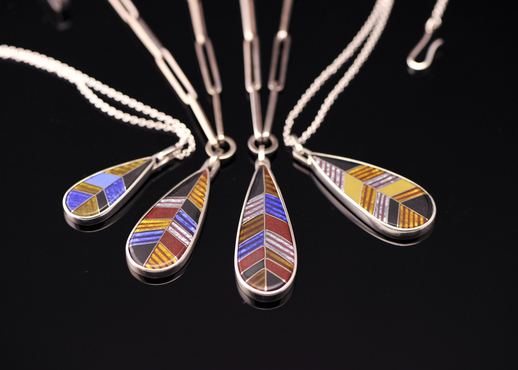
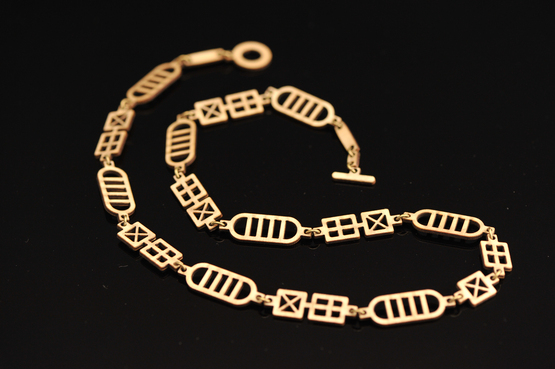

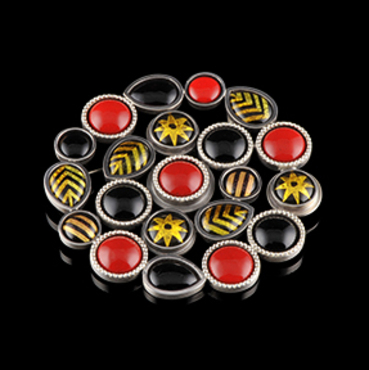









Social Feed